State laws can be quite confusing especially those that concern drinking and driving. That’s why I’m excited to share with you what I’ve learned about Montana’s open container law.
In this article, you’ll discover everything you need to know about this law, including its provisions, the potential consequences of violating it, and exemptions in certain situations.
- Related article: Montana Legal Basics
Ignorance of the law excuses no one so it won’t matter if you’re a true blue Montanan or a tourist on vacation. Understanding a state’s open container law is necessary to avoid any legal complications on the road.
What Is an Open Container Law?
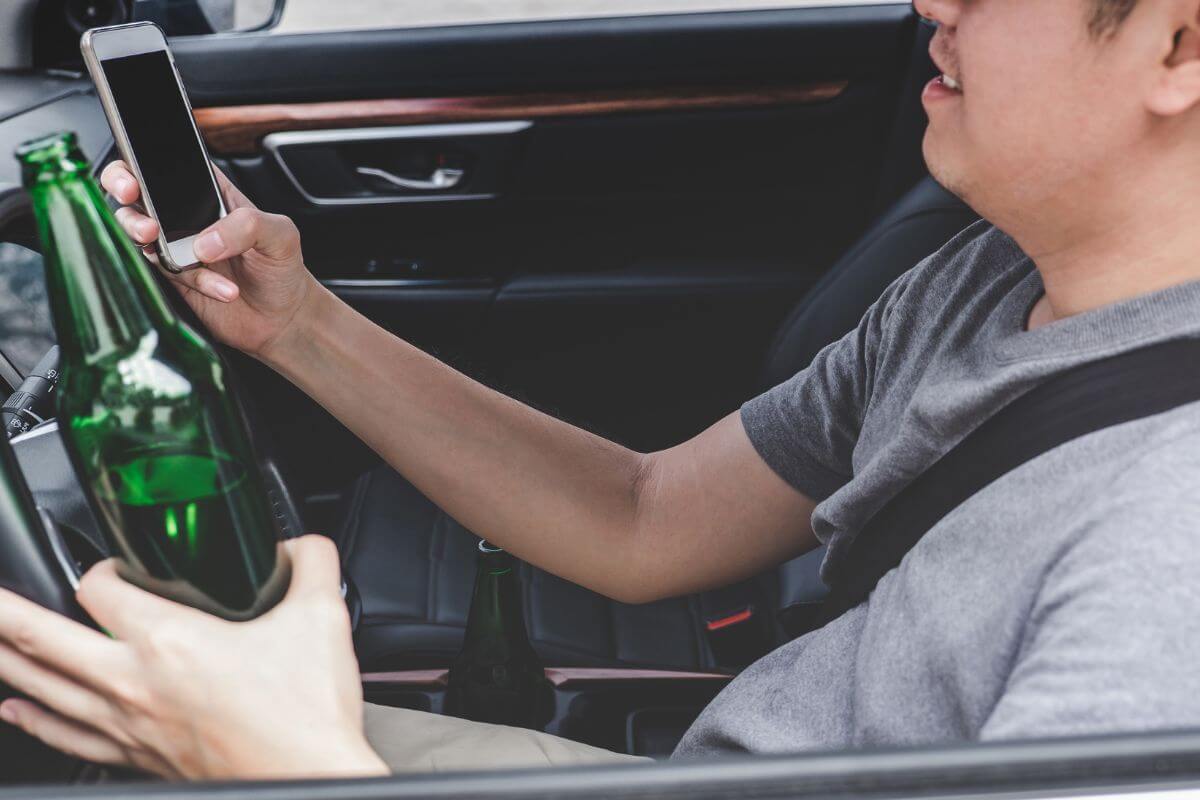
So what is an open container law and why does it exist?
Open container laws were made to put a limit on public intoxication and avoid unfortunate events such as accidents when operating a vehicle while intoxicated.
Legally, a beverage is considered to be open when its seal has been broken or when some of its contents have been removed.
Open container laws exist to refrain people from having open alcohol containers while wandering about in public places such as parks, sidewalks, streets, and even privately owned vehicles.
In the United States, open-container laws are considered U.S. state laws, rather than federal laws, and thus they vary from state to state.
Understanding open container laws is crucial, particularly when exploring a new location not only to avoid potential legal consequences but to also ensure the safety of people on the roads.
Why Did Montana Need an Open Container Law?
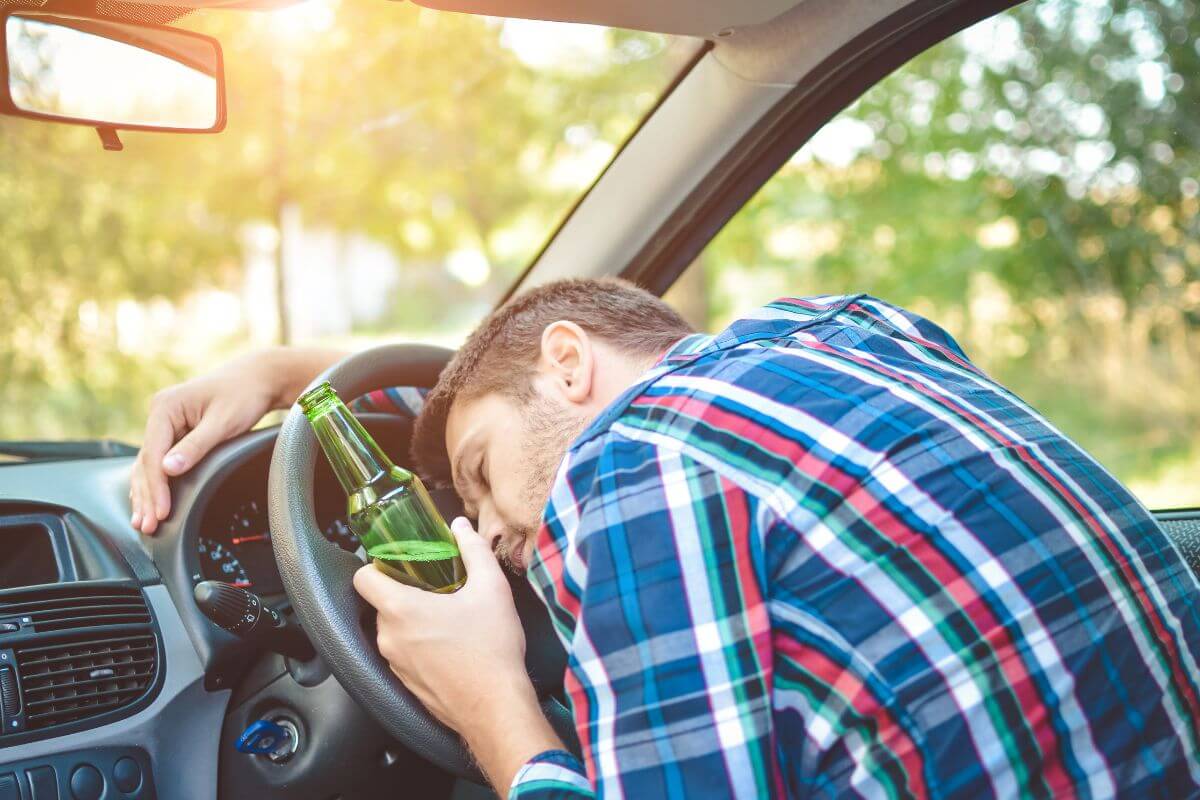
Because Montana stands out as having the unfortunate record of the highest number of alcohol-related fatalities in the United States, it enacted the open container law.
Montana has recognized fully the negative effects of the consumption of alcoholic beverages while driving, reaching beyond drivers and passengers to pedestrians and other motorists.
The ban on open containers is an important step toward reducing road fatalities and making the roadways safer for the traveling public.
Some consequences associated with drunk driving include:
- Drivers, passengers, and pedestrians getting killed or injured.
- Financial losses for injured individuals and their families.
- Adversely affected also are their employers when injured persons cannot work.
- Vehicles, trees, utility poles, highway signs, and buildings are damaged and destroyed.
- Motor vehicle insurance company costs begin to rise.
- Traffic flow may be impeded by crashed vehicles.
- Drivers, fearing for their safety, may also avoid driving at certain times.
- Police resources are consumed enforcing drunk driving laws, reducing the resources available for other public safety problems.
- Resources of fire, emergency medical, and hospital personnel are consumed treating the victims of drunk driving crashes.
- Court and jail resources are consumed prosecuting and incarcerating drunk drivers.
Thus, Montana’s DUI fatalities and alcohol-related crime rates have necessitated the state to take action to prevent more accidents and keep the community safe.
Montana’s Open Container Law
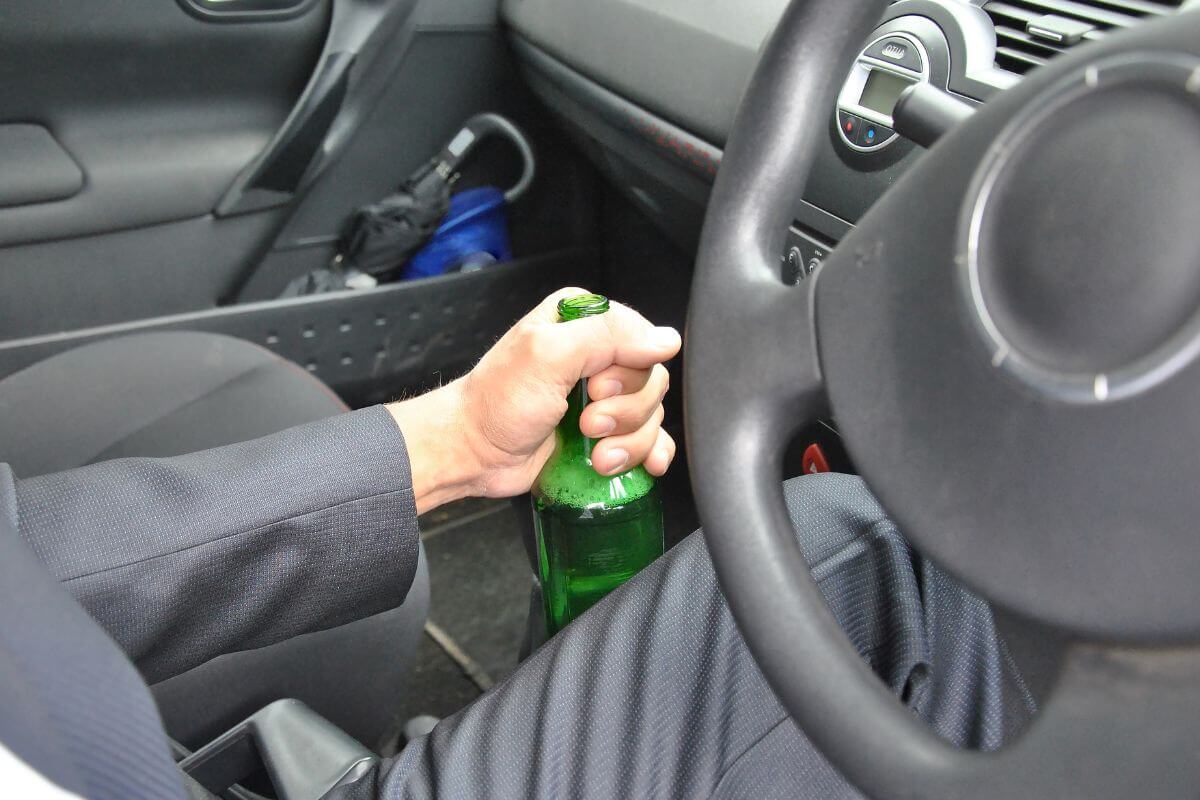
Truly, there are grave consequences that can come with alcohol consumption while driving and this is something that Montana’s open container law is trying to avoid.
According to Ordinance 61-8-1026, anyone riding or driving a motor vehicle on a highway or public road, who has an idea that they are in possession of an open alcoholic beverage is prohibited.
It is important to note that this ordinance does not exempt the driver or any of its passengers.
Going back to our legal definition of an open container above, it includes any container with alcohol inside that is open, with a broken seal, or has any of its contents removed.
According to Montana’s laws, a beverage is considered alcoholic when it includes at least .5% alcohol or more, which means that certain mixers or non-alcoholic beers may not be included.
Exceptions
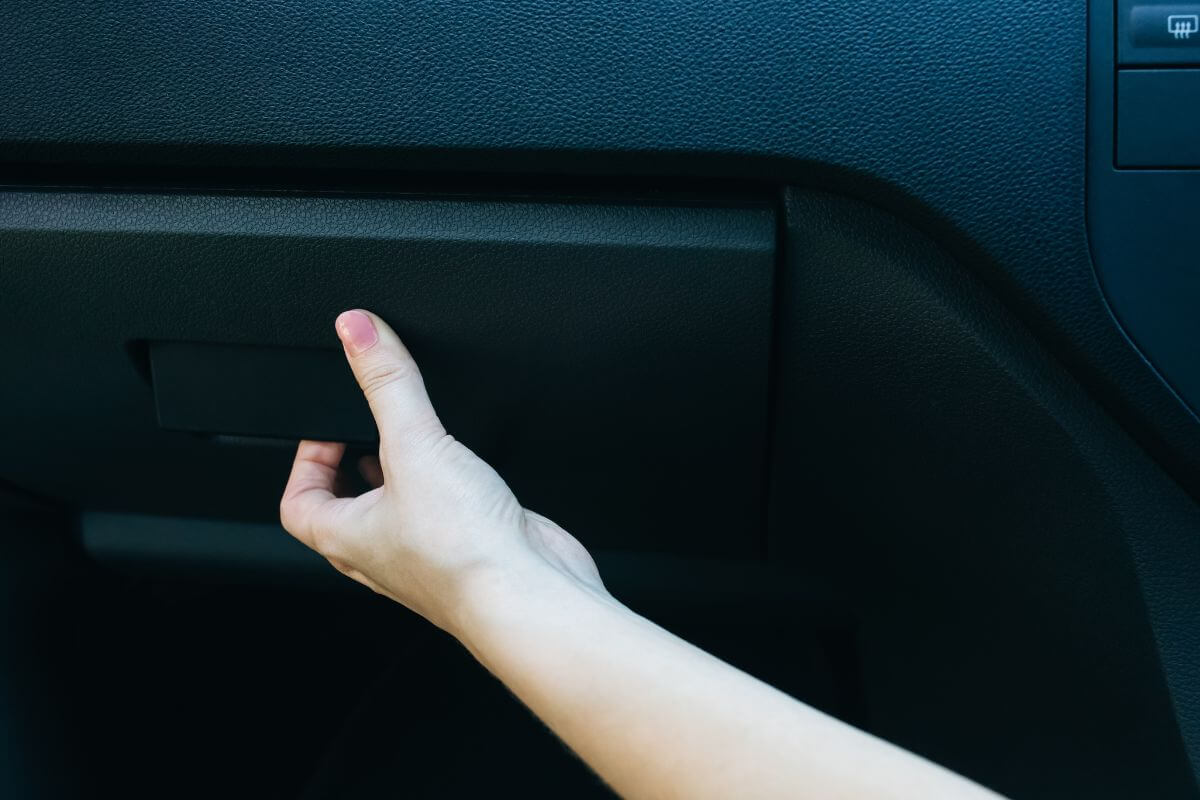
Montana’s open container law has some exceptions, however. Here are some of them.
1. An open alcoholic beverage may legally be stored in the following locations:
- Motor vehicle trunk
- Locked glove compartment
- Storage compartment
- Luggage compartment or Rack
- Truck bed or Cargo compartment
- Behind the last upright seat of the motor vehicle, if the vehicle doesn’t have a trunk
- Closed container in an area of the motor vehicle that is not normally occupied by the driver or passenger.
2. Additionally, an open alcoholic container may be legally possessed and consumed by a passenger if they are on a state-authorized for-hire bus, taxi, or limousine used for the transportation of persons where a hired driver is present.
3. It is also permitted in the living quarters of a camper, travel trailer, or motorhome.
Penalties

It is significant to note that a person convicted of the offense of unlawful possession of an open alcoholic beverage container in a motor vehicle shall be fined an amount not to exceed $100.
Moreover, one may have their driver’s license suspended for up to six months for violating this law. Remember, cautious driving is safe driving.
Other Montana Alcohol-Related Laws
There are a range of alcohol-related laws in the state that are worth exploring. Together, these laws form a complex web of regulations that shape the way Montanans interact with alcohol on a daily basis.
So buckle up and let’s take a closer look at some of Montana’s lesser-known alcohol laws.
1. Minimum Age
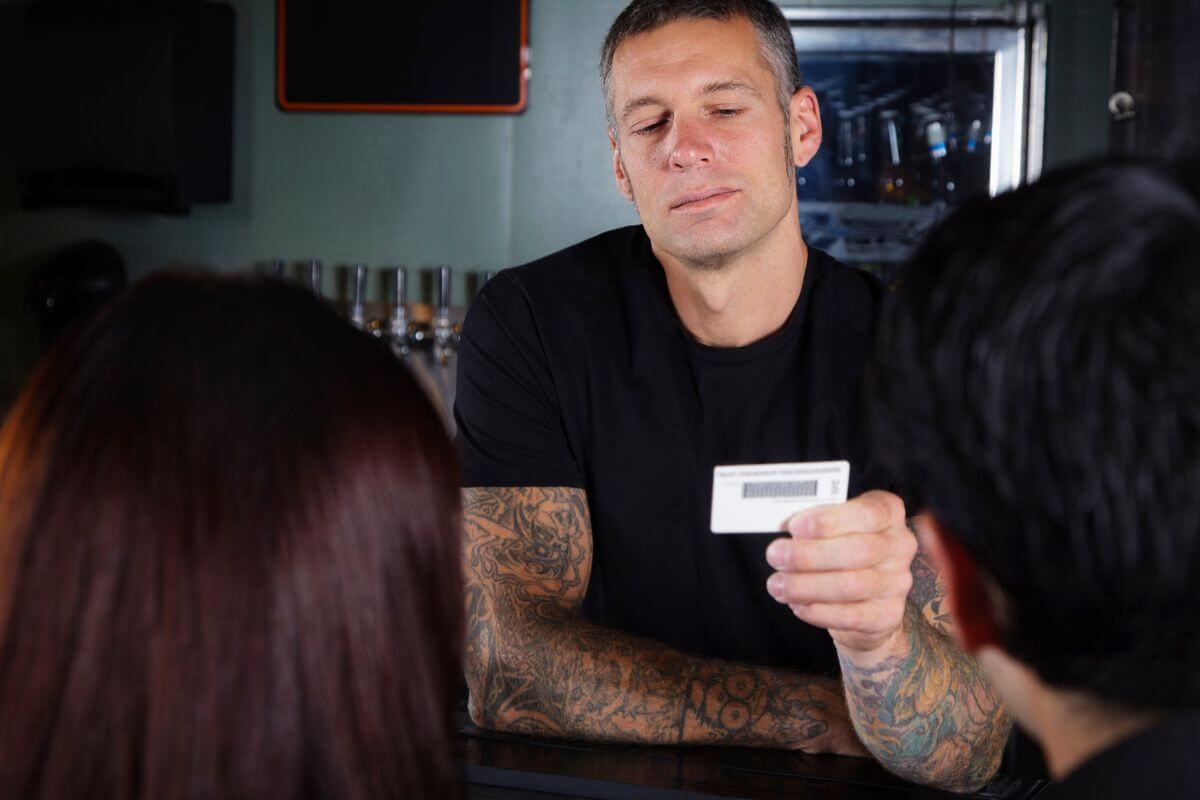
Let’s start by discussing the minimum age for buying and possessing alcohol. In Montana, alcohol consumption is allowed for those 21 years old and above.
The minimum age covers not only the purchase of alcohol but also the possession of it.
If a minor uses a fake ID to attempt to buy alcohol, it can lead to serious consequences such as hours of community service, fines, and even imprisonment.
To avoid any legal troubles, it’s better to steer clear of alcohol altogether if you’re under 21.
- Learn more about Montana’s Alcohol Age
2. Selling Alcohol
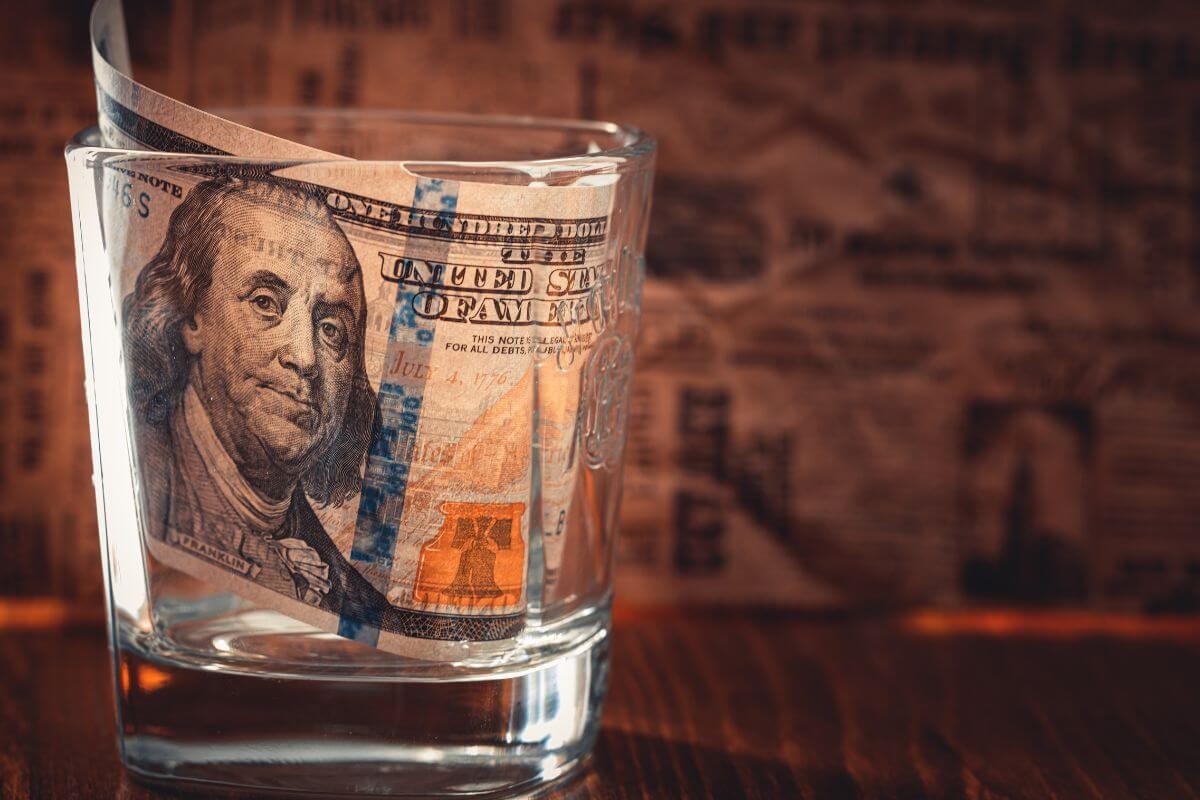
All liquor stores in Montana are owned and governed by the state. They have specific legal requirements to operate and should comply with necessary guidelines to avoid penalties and even closure.
Here are some alcohol-related hours observed in Montana:
- 2:00 a.m. and 8:00 a.m. – Retailers cannot sell alcohol between these hours. And while beer and wine can be sold at convenience stores and groceries, bars require a liquor license to sell distilled spirits.
- 11:00 a.m. to 11:00 p.m – Serving alcohol in restaurants along with meals is limited to these hours.
- 10:00 a.m. to 8:00 p.m. – These are the hours that breweries can serve alcohol to their customers at a limit of 48 ounces per client.
It’s crucial to adhere to Montana’s liquor laws to avoid unpleasant legal consequences.
Liquor license holders have the responsibility to promote the responsible consumption of alcohol to their patrons.
They should also recognize the negative impacts of non-compliance, such as hefty penalties and a tarnished reputation of their business.
3. Buying Alcohol
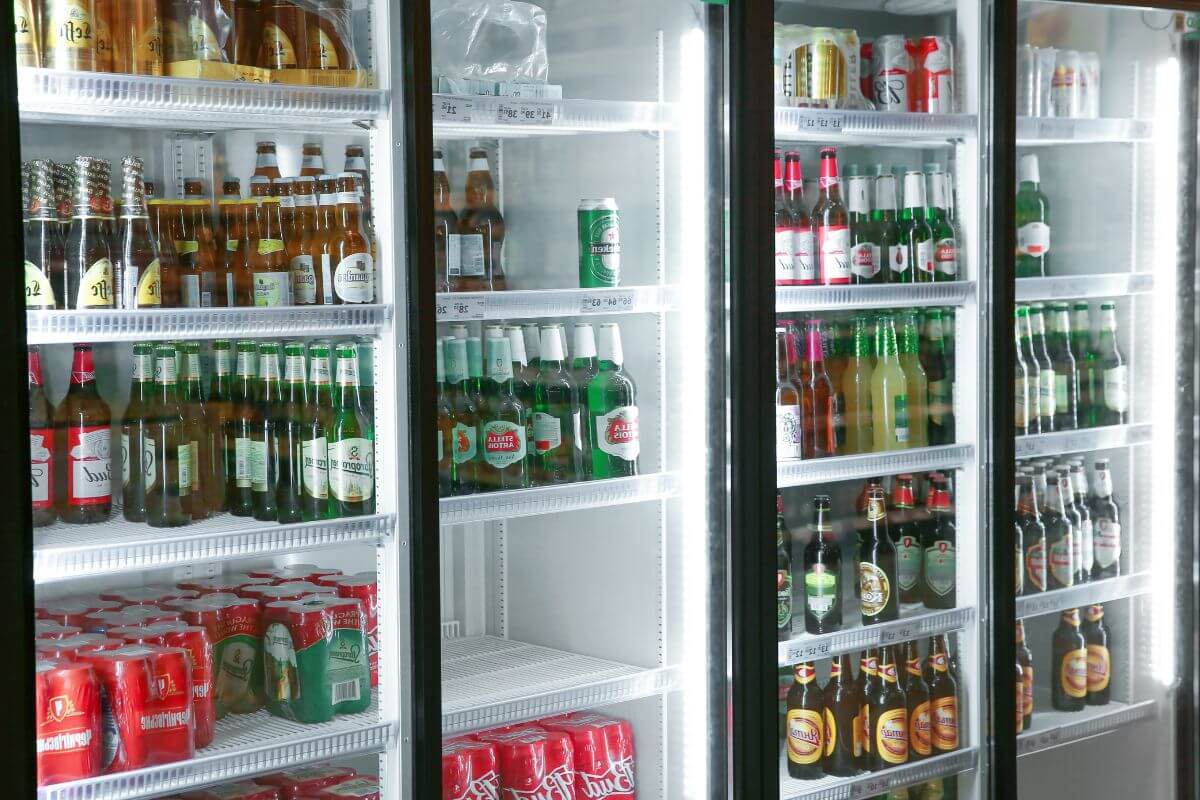
Anyone under the age of 21 is strictly prohibited from purchasing an alcoholic beverage.
Even though individuals under 21 may enter a place that sells alcohol, the business is allowed to deny entry at their own discretion.
Additionally, requirements like checking the buyer’s identification to ensure that they are not minors are considered the responsibility of the seller.
Selling alcohol in a licensed establishment during non-permitted hours or days of the week is also considered unlawful.
However, some events may be exempted from these restrictions. For instance, selling alcoholic beverages at a fair or other established brewing festival is not considered illegal under Montana law.
- Learn about the Liquor Availability at Montana Groceries
4. Driving
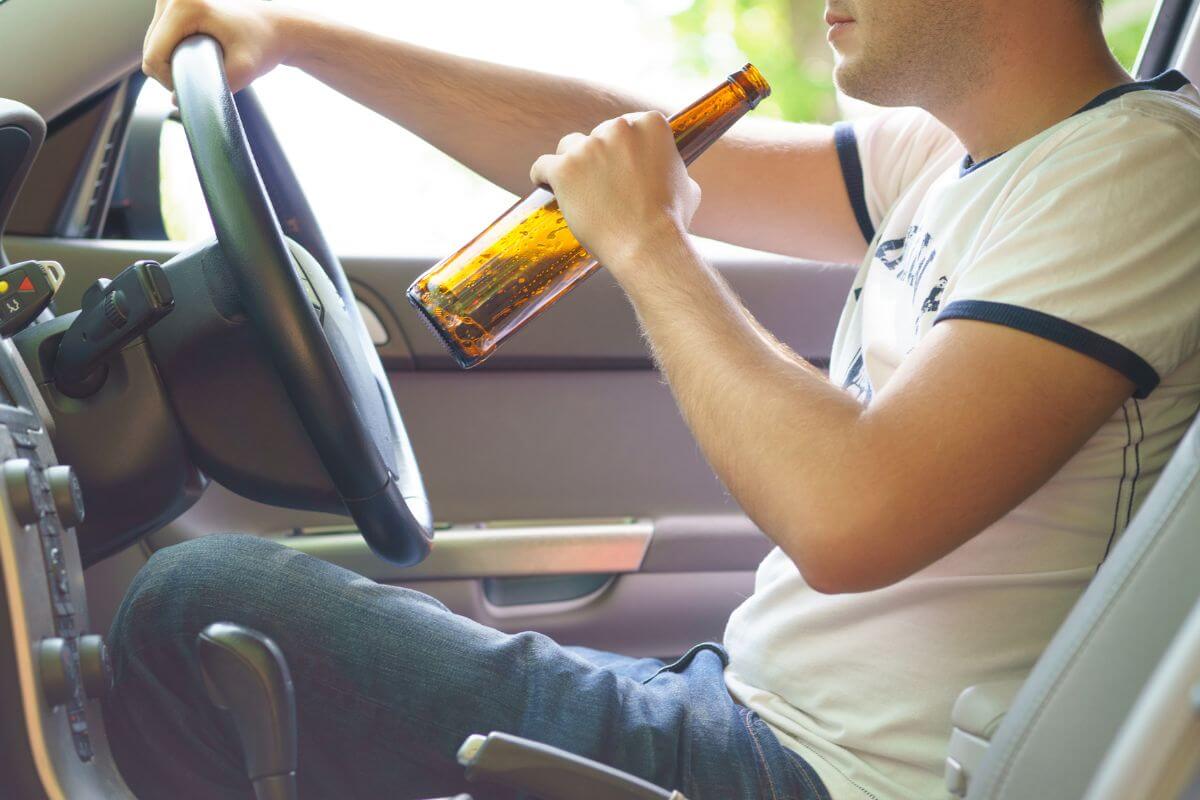
Driving under the influence, commonly known as DUI, is considered a serious offense under Montana state law.
Having a blood alcohol concentration (BAC) of .08% or more can get you a conviction, regardless of whether you were actually impaired.
If caught driving under the influence for the first time, the driver may face imprisonment for not less than 24 consecutive hours or more than 6 months and by a fine of not less than $600 or more than $1,000.
However, if one or more passengers under 16 years of age were in the vehicle at the time of the offense, the person shall be punished by imprisonment for not less than 48 consecutive hours or more than 1 year and by a fine of not less than $1,200 or more than $2,000;
To avoid legal charges and monetary penalties associated with DUI, it’s best to avoid driving under the influence altogether.
5. Boating

Under Montana law, it is illegal to operate any water device, such as a motorboat, sailboat, water skis, or even a surfboard while under the influence of alcohol.
Alcohol intoxication can have adverse effects on a person’s balance and coordination. It can also slow reaction time and impair a person’s judgment.
These are important factors when boating and dysfunction in any of these areas can lead to devastating boating accidents.
Montana law includes “presumptions” about a person’s impairment based on blood alcohol concentration. For all cases, the jurors are left to decide.
The presumption boater was not under the influence. If a boater’s BAC was .04% or less, the judge or jury can presume the boater wasn’t under the influence. However, the prosecutor would still have the opportunity to “rebut the presumption” with evidence of impairment, such as slurred speech and poor field sobriety test (FST) performance.
The presumption boater was under the influence. With a BAC of .08% or more, the judge or jury can presume the boater was under the influence. To rebut the presumption, the defense might present evidence of things like safe boat navigation prior to the stop or good FST performance.
No presumption. BACs between 04% and .08% can be considered by the judge or jury, but no presumptions apply.
Montana BUI penalties depend on the circumstances of the case. But generally, convicted boaters typically face $15 to $500 in fines and/or up to six months in jail.
With so much at stake, it’s crucial to follow Montana’s boating laws and take personal responsibility when enjoying the state’s beautiful waterways.
Montana’s Open Container Law Final Thoughts
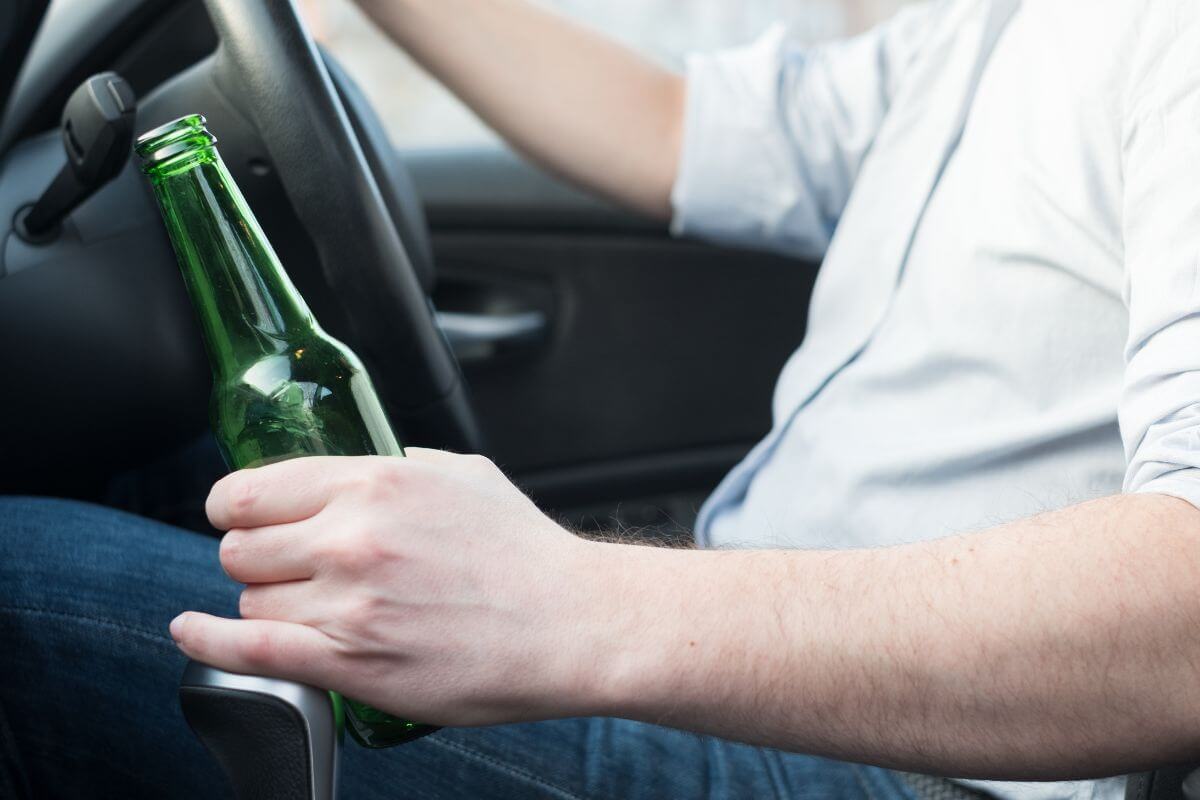
Montana’s open container law prohibits the possession of any open alcoholic beverage container in the passenger area of a motor vehicle, with violators facing fines and possible imprisonment.
While this law is essential for ensuring the safety of those on the roads and highways, challenges may arise with enforcement.
As a recommendation, it’s best always to keep containers in closed storage compartments while traveling in Montana.
Montana’s Open Container Law FAQs
1. Are Open Containers Legal in Montana?
Yes and no. Generally, drivers and passengers in Montana are not allowed to have in their possession, an open alcoholic container. May this be in their hands, on the seat, on the floor, or within reach while on a public road.
However, if they are riding a statutorily authorized for-hire bus, taxi, or limousine with the presence of a hired driver, then it can be allowed.
Also, when the alcohol is taken in the living quarters of a camper, travel trailer, or motor home.
2. Can You Walk With an Open Container in Montana?
No. Montana’s open container law prohibits the possession of any open container of alcohol in any public place, regardless if the container is empty or not.
3. What Is the New Open Container Law in Montana?
To discourage drinking and driving altogether on the road, the new open container law of Montana prohibits the possession of an open container of any alcoholic beverage while in a motor vehicle on a public highway or street.
4. Can You Drink a Beer and Drive in Montana?
Most definitely not. As stated in its open container law, Montana does not allow any person who has an idea that they are in possession of an open alcoholic beverage to drive a vehicle on a highway or public road. This covers both the driver and its passengers.
5. Can You Drink at 18 in Montana?
Yes and no. In Montana, you are only legally allowed to drink, purchase, and possess an alcoholic beverage once you have reached the age of 21, with some exceptions.
For one, a minor is allowed to consume a nonintoxicating quantity of alcohol given that their parent or guardian is present. Additionally, a minor may possess alcohol when it is necessary during the course of their employment.
Uncover additional details about Montana by checking out these other articles:
- Knife Laws in Montana
- Montana Firearm Regulations
- Odd Montana Regulations
- Montana Concealed Carry Info
- https://www.mdt.mt.gov/visionzero/people/open-container.aspx
- https://www.montana.edu/reports/2018/section-21.html
- https://leg.mt.gov/bills/mca/title_0610/chapter_0080/part_0100/section_0260/0610-0080-0100-0260.html
- https://www.umt.edu/campus-life/documents/Summary%20of%20Alcohol%20and%20Drug %20Laws.pdf

